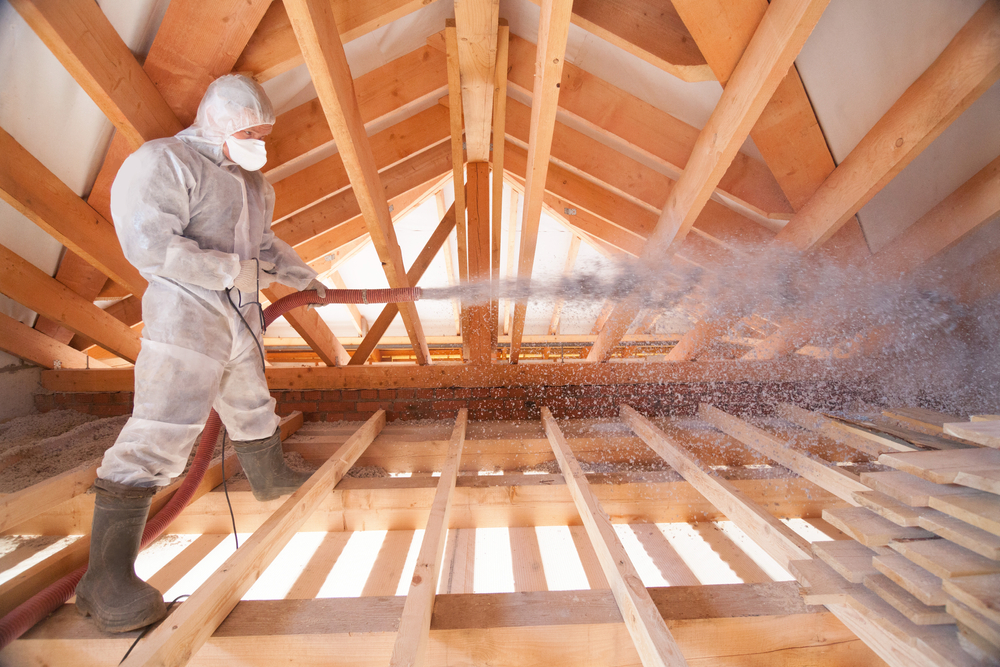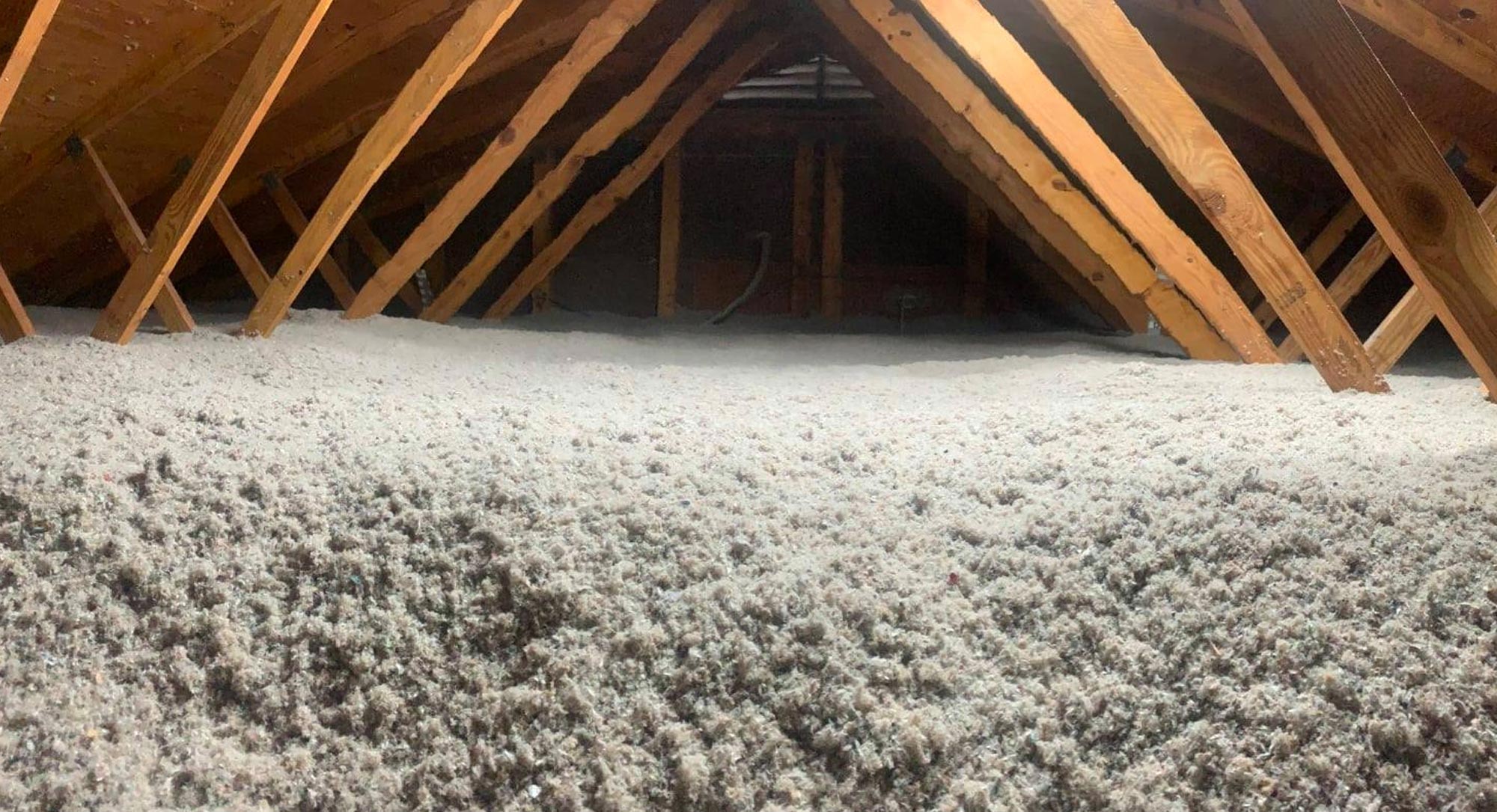In the world of home insulation, no single product is the perfect solution for every situation. While materials like spray foam and fiberglass batts have their strengths, blown-in insulation stands out for solving a few specific and common problems with exceptional efficiency and cost-effectiveness. Professional Blown-in insulation, which consists of loose fibers of cellulose or fiberglass, is uniquely superior at completely filling irregular or obstructed cavities, cost-effectively upgrading the insulation in existing attics, and insulating enclosed walls without the need for major demolition. Its ability to flow like a fluid allows it to conform to any space, eliminating the gaps and voids that plague other insulation types.
For homeowners dealing with an older house full of odd framing, an under-insulated attic, or closed-off walls that are impossible to reach, blown-in insulation often presents the most practical and accessible solution. This guide, drawing on the on-the-ground experience of building professionals, will explore the specific challenges that blown-in insulation is uniquely equipped to handle, helping you understand if it’s the right choice for your project.
The Challenge of Irregular and Obstructed Spaces
One of the biggest failures of traditional insulation batts is their inability to properly insulate spaces with irregular framing or multiple obstructions. Think of an older attic with crisscrossing beams, plumbing vents, electrical wiring, and recessed light fixtures. Cutting and fitting fiberglass batts perfectly around all of these obstacles is practically impossible. The result is a patchwork of gaps and compressed insulation that severely undermines the home’s thermal barrier.
This is the problem blown-in insulation solves better than anything else. Because it is installed using a flexible hose, the loose-fill material flows into and around every obstruction. It fills every crack, corner, and crevice, creating a seamless, custom-fit blanket of insulation. This “monolithic” coverage ensures that there are no gaps for heat to escape, leading to far more consistent and reliable real-world performance than a batt installation in a complex space.
Bonus Tip: A common problem in older homes is insulation that has been disturbed by other contractors. An electrician or plumber working in the attic will often move batts aside and not put them back correctly. A fresh layer of blown-in insulation over the entire attic floor corrects these issues, creating a new, uniform thermal layer.

The Most Cost-Effective Way to Upgrade an Existing Attic
The vast majority of existing homes are under-insulated by modern standards. Over time, old insulation settles, gets compressed, or was simply never installed to an adequate depth in the first place. This leads to massive heat loss in the winter and heat gain in the summer, as the attic is one of the primary areas of energy exchange in a home.
Blown-in insulation is the go-to solution for this problem. It is the fastest and most affordable way to add new insulation on top of whatever is already there (a process called “topping up”). A professional crew can blow a thick, new layer of insulation over the entire attic floor in just a few hours, bringing the home’s R-value up to current energy code recommendations. This simple upgrade can have a dramatic and immediate impact on a home’s energy bills and comfort. In comparison, upgrading with batts is more labor-intensive, and upgrading with spray foam would require the costly removal of all the old insulation first.
Insulating Existing Walls Without Demolition
What do you do about exterior walls that have no insulation but are covered with perfectly good drywall or plaster? Tearing everything out to install new insulation is an expensive, messy, and disruptive process. This is another area where blown-in insulation provides a unique solution.
Using a technique often called “drill-and-fill,” installers can drill small, strategically placed holes in the exterior or interior of the wall. They then insert a hose into the hole and densely pack the wall cavity with blown-in insulation. When the cavity is full, the hole is plugged, patched, and painted. This process allows for the thermal upgrade of an entire home with minimal disruption and without the need for a full-scale renovation. While injectable foam can also be used for this, blown-in cellulose or fiberglass is often a more cost-effective option.

How Blown-In Compares for Specific Problems

Things to Consider Before Choosing Blown-In Insulation
While blown-in is a fantastic solution for these specific problems, there are a few factors homeowners should be aware of.
- Air Sealing is Still Necessary: Blown-in insulation is not an air barrier. While it is better than batts, air can still move through it. For the best possible performance, it is highly recommended to have a professional air seal the attic floor before the new insulation is blown in. This involves sealing all the cracks and gaps around wires, pipes, and light fixtures with foam or caulk.
- Settling Can Be an Issue: All loose-fill insulation will settle to some degree over time. A professional installer will account for this by installing it at the correct initial depth. In walls, they will use a “dense-pack” technique to ensure the material is packed in tightly enough to prevent settling.
- Moisture Sensitivity: Both cellulose and fiberglass will lose their insulating properties if they get wet. It is critical to fix any roof leaks or moisture issues before installing new attic insulation.
Bonus Tip: When getting a quote for blown-in attic insulation, don’t just look at the price. Make sure the contractor specifies the type of material, the final R-value they are targeting, and whether or not they include air sealing as part of the job.
Frequently Asked Questions About Blown-In Insulation
What is blown-in insulation made of?
There are two main types. Blown-in fiberglass is made of the same material as fiberglass batts. Blown-in cellulose is made from recycled paper products, primarily newspaper, which is treated with a fire retardant.
Is it fire resistant?
Yes. Both fiberglass and cellulose are treated to be fire-resistant. In fact, the dense nature of packed cellulose can actually help to slow the spread of fire by restricting the amount of oxygen in the wall cavity.
How long does the installation take?
For a typical attic top-up project, a professional crew can often complete the job in half a day. Insulating an entire home’s walls using the drill-and-fill method might take one to two days.
Is it a messy job?
The process can create some dust, but professional installers are very skilled at containing it. They will use drop cloths and take care to clean up the area thoroughly after the work is complete.
The Right Tool for the Right Job
While high-performance systems like spray foam offer a comprehensive, all-in-one solution, it’s important to recognize that blown-in insulation remains a superior choice for solving a specific set of common homeowner challenges. For improving the performance of an existing, hard-to-reach, or irregularly shaped space in a cost-effective way, it is often the perfect tool for the job.
Get a Professional Assessment of Your Home
Ultimately, the best way to know which type of insulation is right for your home is to get an expert assessment. A professional can assess the condition of your current insulation, identify the primary sources of energy loss, and recommend the most effective and affordable solution for your specific situation.
With a strong commitment to top-tier service and a deep understanding of local homes, the team at Armored Insulation can provide a comprehensive evaluation of your property. They have the expertise to help you choose the right material for your needs and budget. To schedule a professional consultation, they can be reached at (270) 727-5566 or by email at [email protected].
Author: Jared Baker, a native of Mayfield, brings deep local insight and strong business expertise to his role as Owner and Director of Business for Armored Insulation. While maintaining a full-time role with a federal natural resources agency, he has successfully built multiple local ventures. As Armored’s Business and Marketing Manager, he plays a key role in upholding the company’s focus on delivering top-tier service.
Reviewer: Mia Clark used her 9 years of experience in spray foam to review this article and offered input focused on helping companies make their services easier to understand and market effectively.